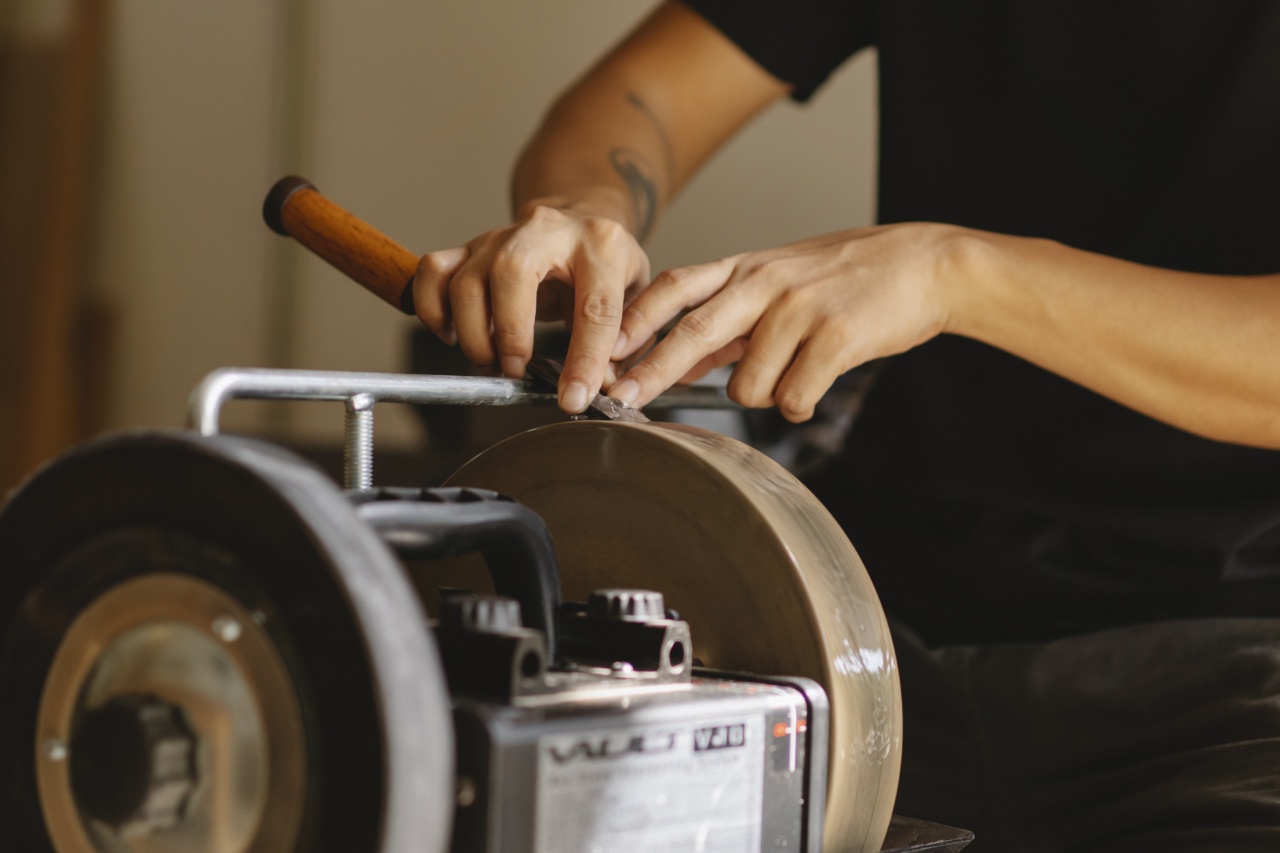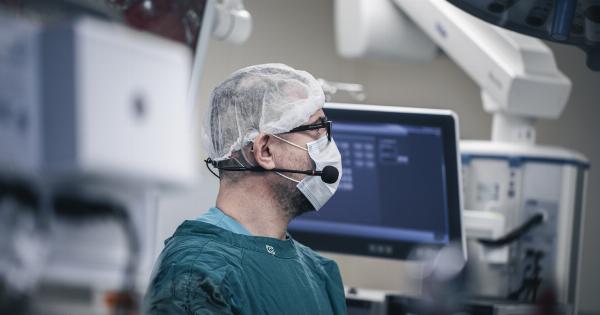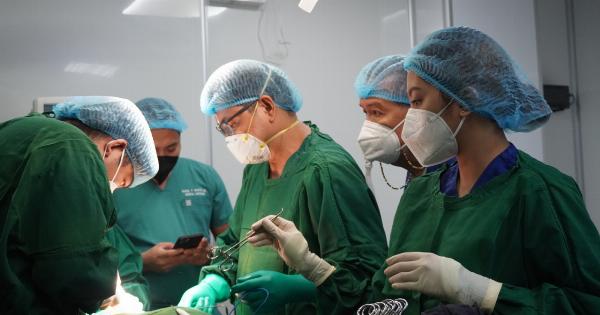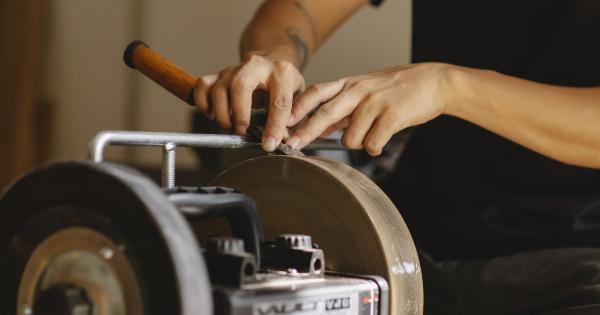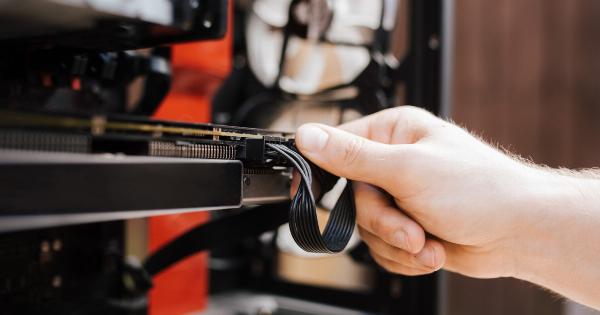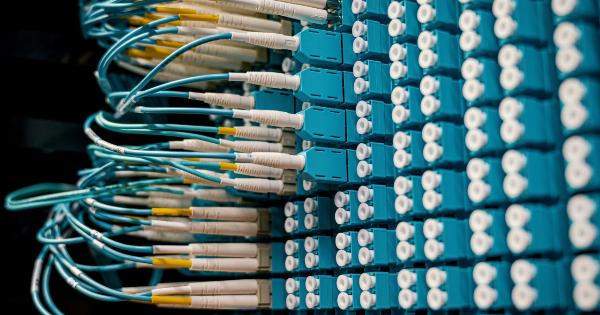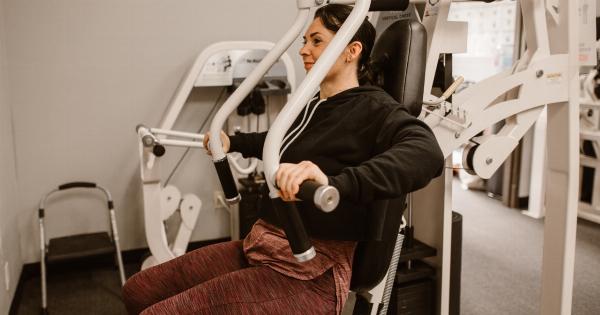Hernia is a medical condition when an organ or a tissue protrudes through a weakened section of muscle or connective tissue. It is generally found in the abdominal wall, but can also appear in other parts of the body.
While there is no definitive cause for hernia, it can be caused by various reasons like aging, obesity, physical strain, family history and even coughing or sneezing. Surgical intervention is necessary to repair a hernia. Over the years, there have been significant advances in hernia repair techniques which have improved the outcomes of surgery for hernia repair.
This article aims to discuss the latest techniques in hernia repair and their advantages.
Laparoscopic Hernia Repair
Laparoscopic hernia repair is a minimally invasive technique that has been in use for the last few decades. It is a procedure that involves the use of a laparoscope – a thin tube with a camera – to access and repair the hernia.
It is a popular technique because of its small incisions, faster recovery period, and reduced hospital stay. During the procedure, the surgeon makes small incisions in the abdomen and inserts the laparoscope and other tools to fix the hernia. The surgeon then places a mesh patch to cover the hole in the abdominal wall.
The patient can typically go home the same day or the next day after the surgery.
Robotic Hernia Repair
Robotic hernia repair is a relatively new technique that is gaining popularity among surgeons. In this technique, the surgeon uses a robotic system to perform the surgery.
The robotic system consists of a camera, robotic arms, and other instruments that are controlled by the surgeon. The surgeon sits at a console and watches the surgery on a screen. The system offers a 3D view of the surgical site and allows for precise movement and control during the surgery.
The benefits of robotic hernia repair include smaller incisions, less postoperative pain, and shorter recovery time. However, robotic hernia repair is a more expensive technique than traditional hernia repair methods.
Tension-Free Repair
Tension-free repair is a technique that has been in use for over two decades. It involves the use of a mesh patch to repair the hernia. The mesh patch is placed under the weakened area of the abdominal wall to provide support and prevent another hernia.
The mesh patch is made of a synthetic material that is accepted by the body. The patch is not sutured to the abdominal wall, which means that there is no tension on the hernia repair.
Tension-free repair is a popular technique because it has a high success rate, is less invasive than traditional surgery, and has a shorter recovery time.
Open Tension Repair
Open tension repair is a traditional technique that has been in use for many years. In this technique, the surgeon makes a large incision in the abdominal wall to access the hernia.
The protruding tissue is then pushed back into the abdominal cavity, and the hernia is repaired using sutures. In some cases, the surgeon may place a mesh patch to cover the weakened area of the abdominal wall. The disadvantages of this technique include longer recovery time, increased risk of infection, and a higher recurrence rate.
Plug and Patch Technique
The plug and patch technique is a relatively new technique in which the surgeon places a plug of mesh material into the hernia defect, and then covers it with a mesh patch. The plug is placed inside the hernia sac to prevent protrusion of the hernia.
The mesh patch is placed above the hernia sac to reinforce the weakened area of the abdominal wall. This technique has a high success rate, and the recovery time is relatively short. However, it is not an appropriate technique for all types of hernias.
Component Separation Technique
The component separation technique is a technique that is used for large and complex hernias. In this technique, the surgeon makes incisions in the abdominal muscles surrounding the hernia and separates them.
This creates more space for the surgeon to repair the hernia and allows for proper healing of the abdominal wall. The technique is highly effective, but it does require a longer hospital stay and recovery period. It is also not appropriate for all types of hernias and is usually reserved for more complex cases.
Sutureless Hernia Repair
Sutureless hernia repair is a new technique that does not require any sutures. This technique involves the use of a mesh patch that is prefabricated and fitted to the patient’s hernia size.
The mesh patch is implanted through a small incision without the need for sutures. The technique has a shorter recovery period and is less invasive than traditional hernia repair techniques. It is becoming increasingly popular, and studies have shown that it has a high success rate.
Transabdominal Preperitoneal Technique
The transabdominal preperitoneal technique (TAPP) is a hernia repair technique that involves the use of a laparoscope. In this technique, small incisions are made in the abdomen, and the laparoscope is inserted to visualize the hernia.
A mesh patch is then placed in the preperitoneal space, which is the space between the abdominal wall and the peritoneum. This technique allows for precise placement of the mesh patch, reducing the risk of recurrence. The main advantage of this technique is that it is less invasive than open surgery and has a shorter recovery period.
Conclusion
The advances in hernia repair techniques have significantly improved the outcomes of hernia repair surgery. The various techniques discussed in this article are all effective in repairing hernias.
The choice of technique depends on the type and size of hernia, the patient’s health, and the surgeon’s preference. As with any surgery, it is essential to weigh the benefits and risks of each technique before deciding on the best course of action.
